Past rulers got pyramids and the Taj Mahal – Elizabeth II deserves more than a garden
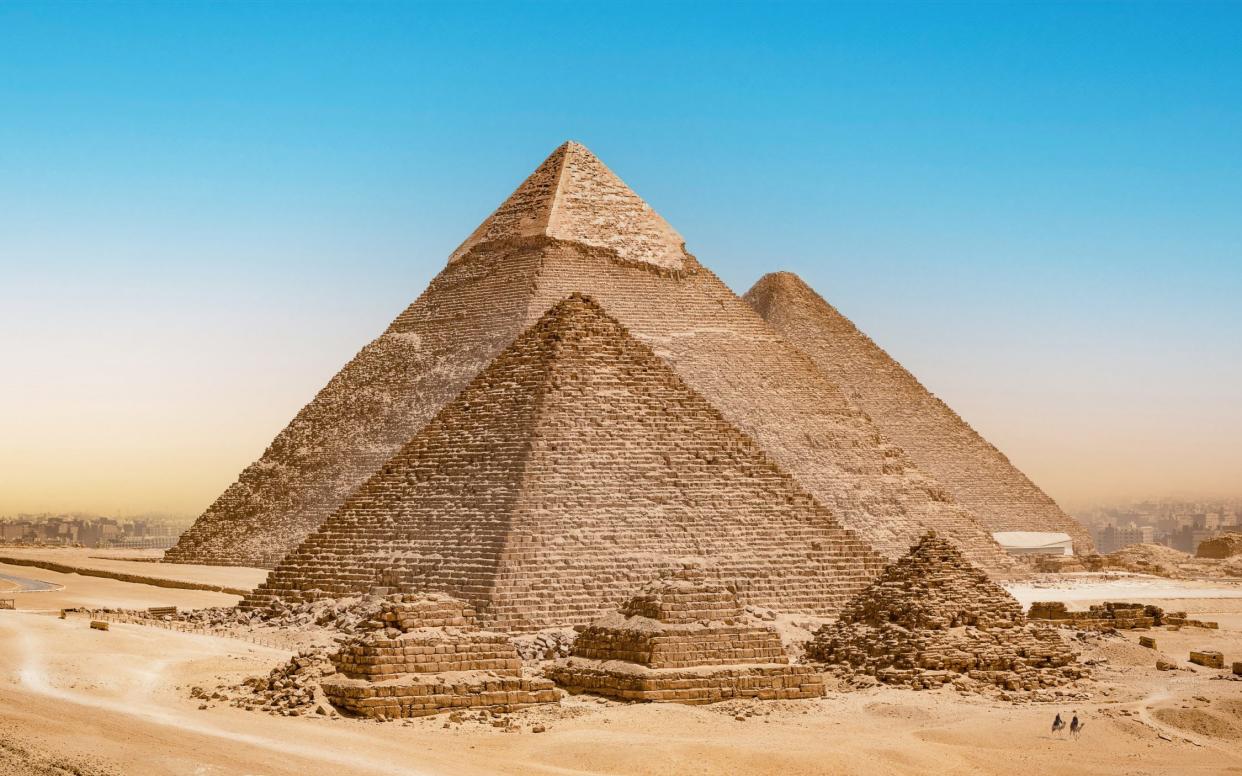
- Oops!Something went wrong.Please try again later.
Grandeur, not gentleness, characterises the finest monuments. Giza’s Great Pyramid was a tomb for the pharaoh Khufu. The Taj Mahal, with its astonishing marble-clad dome, was a Mughal mausoleum.
Yet, when details were revealed this week of a memorial garden to Queen Elizabeth II planned for Regent’s Park, the emphasis was on tranquillity, not ostentatious impressiveness: a sign, surely, of the times. For all society’s inequality, we despise any semblance of top-down authority.
We are also obsessed with “wellness” and environmentalism, and so a “beautiful, tranquil two-acre garden”, as the Royal Parks puts it, filled with several of the late Queen’s favourite plant species (as well as spaces, at each end, for quiet reflection), sounds as modish as a landscape commissioned by Gwyneth Paltrow.
Serene and spreading and seemingly without a single focal point, the garden will be the antithesis of, say, the ornate 19th-century Albert Memorial, which soars above Kensington Gardens with a rocket’s thrust, and likewise bespeaks the values of the (more confident) culture that created it.
This isn’t criticism, merely observation, because the garden, with its straight path representing Elizabeth II’s “unwavering loyalty and service”, sounds delightful. Memorials come in many different forms, not all monumental; with its shallow granite gullies of gurgling water so beloved of scampering children, the Diana Memorial Fountain, in Hyde Park, is a successful case in point.
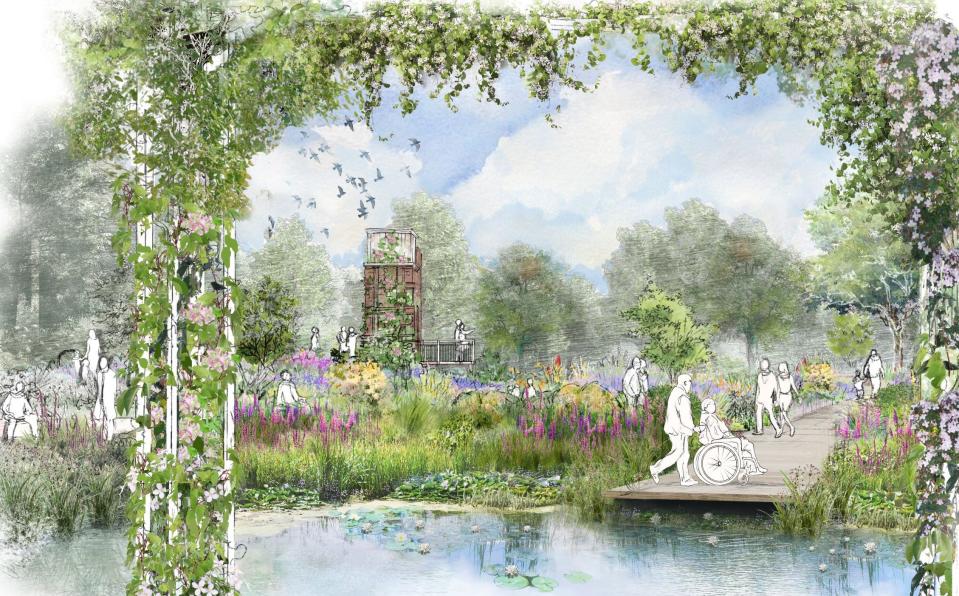
Still, I was surprised by the absence – at least, from those plans announced so far – of any statue within the garden commemorating the late Queen, who, as Britain’s longest-reigning monarch, surely deserves something on the scale of Thomas Brock’s Victoria Memorial outside Buckingham Palace, if the will for such a monument were there. And what about Trafalgar Square’s empty Fourth Plinth, which, I always assumed, had been reserved for a posthumous equestrian sculpture of Elizabeth II?
Perhaps the Queen Elizabeth Memorial Committee, established this autumn, fears a backlash like that provoked by Ian Rank-Broadley’s virago-like bronze of Diana, Princess of Wales, unveiled in Kensington Palace’s Sunken Garden two years ago. But it needn’t be timid about commissioning an artist to design a monument. The desire to remember people we have lost has provided a fundamental, heartfelt stimulus for art for millennia.
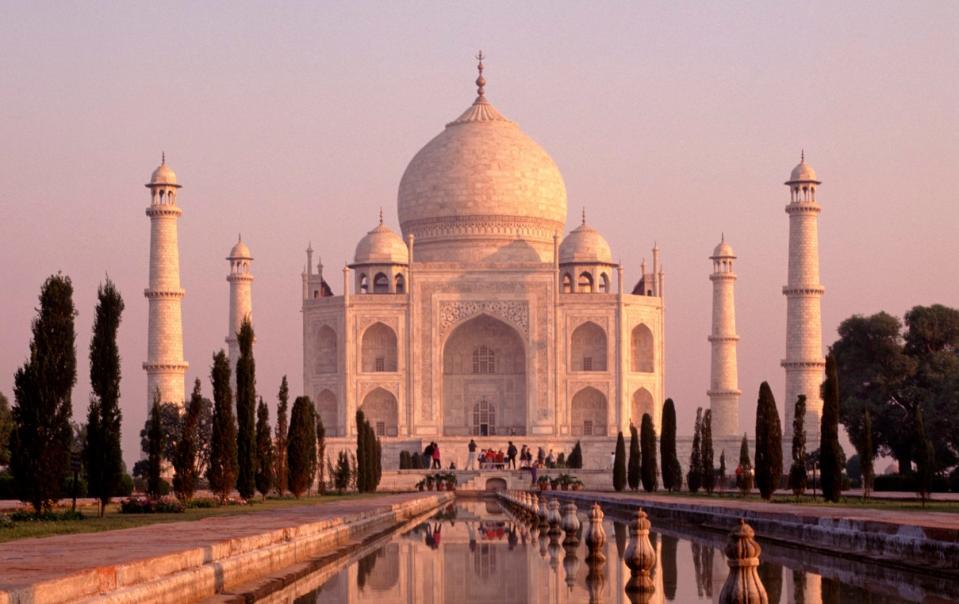
Sculpture, especially, has always been intrinsic to public commemoration; its long history is, in large part, a chronicle of statues erected to honour the deceased. Textbooks of Western art conventionally begin by discussing those freestanding Ancient Greek statues of nude male youths known as “kouroi”, which heralded naturalism. A famous example in New York’s Metropolitan Museum of Art once marked an Athenian aristocrat’s grave.
In Britain, too, the impulse to commemorate has been sculpture’s lifeblood. Sometimes, this urge has quickened artistic sublimity. In Westminster Abbey, Pietro Torrigiano’s 16th-century tomb of Henry VII and Elizabeth of York is as much a monument to the suave sensibility of the Italian Renaissance as it is to an individual monarch and his consort.
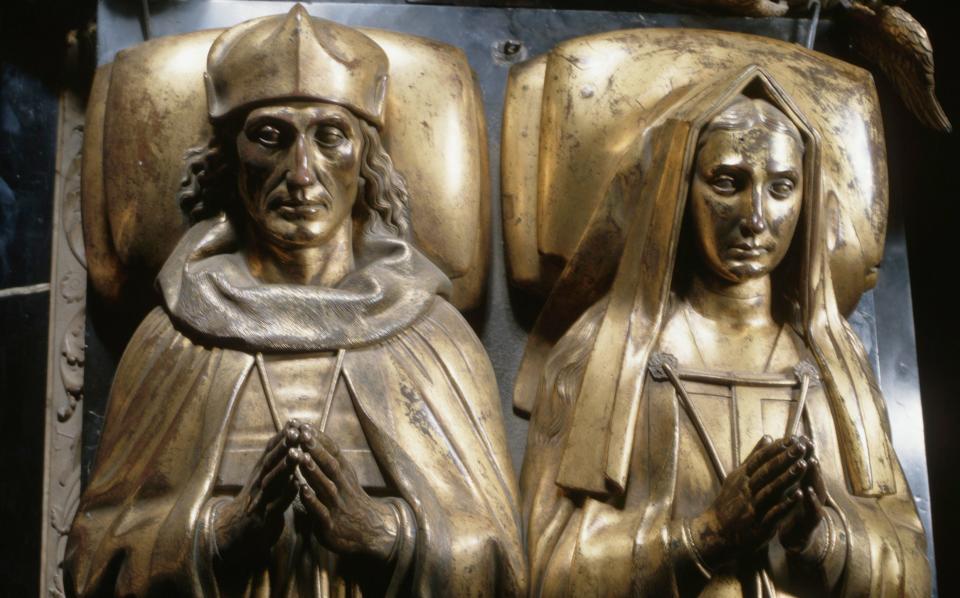
Often, though, our most noteworthy monuments betray a vigorous – and pleasing – eccentricity. (In The Duchess of Malfi, by the dramatist John Webster, a character lampoons the fashion for “princes” to be represented on tombs “with their hands under their cheeks, as if they died of the toothache”.)
One of my favourites is Nicholas Stone’s 17th-century monument to John Donne, inside St Paul’s Cathedral, which represents the poet, and dean of St Paul’s, standing, swathed in a shroud, on top of an urn. He looks like an apparition of a bearded Bedouin, or the flame of a Bunsen burner. The position of his hands, as well as his slightly bent knees, are also reminiscent – at least for this father of young children – of the pose of a toddler bursting for a wee.
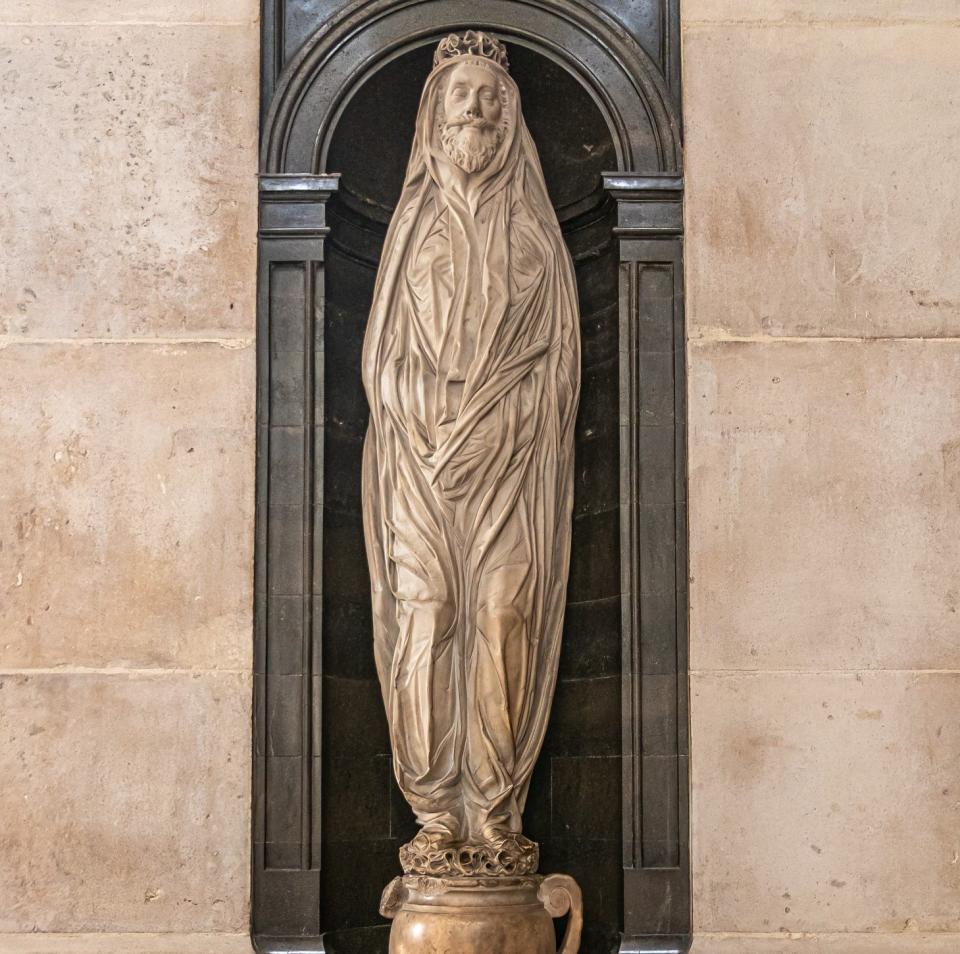
With Louis François Roubiliac’s 18th-century monument to General William Hargrave in Westminster Abbey, an atmosphere of jubilant strangeness is unmistakable. Like a jack-in-the-box, its bare-chested subject – responding, in the manner of one of Pavlov’s dogs, to the sound of the last trumpet blown by an angel above – emerges from his coffin while a dilapidated pyramid, like a fatally weakened Jenga tower, tumbles to destruction; on the right, the figures of Time, with bedraggled wings, and the upside-down skeleton of Death are both sensational.
The ensemble reminds us that all art, no matter its subject or occasion, requires from its maker a great dollop of personality. This explains why the limestone memorial to William Shakespeare inside Stratford-upon-Avon’s Holy Trinity Church (traditionally said to be by the 17th-century sculptor Gerard Johnson) is so insipid, because the second-rate artist responsible for it was unable to summon originality or verve.
What, though, can modern monuments teach the Queen Elizabeth Memorial Committee? During the bellicose 20th century, they often honoured war’s casualties, not individuals – and the most famous of all, the Cenotaph in Whitehall, is an object lesson in how to get one right.
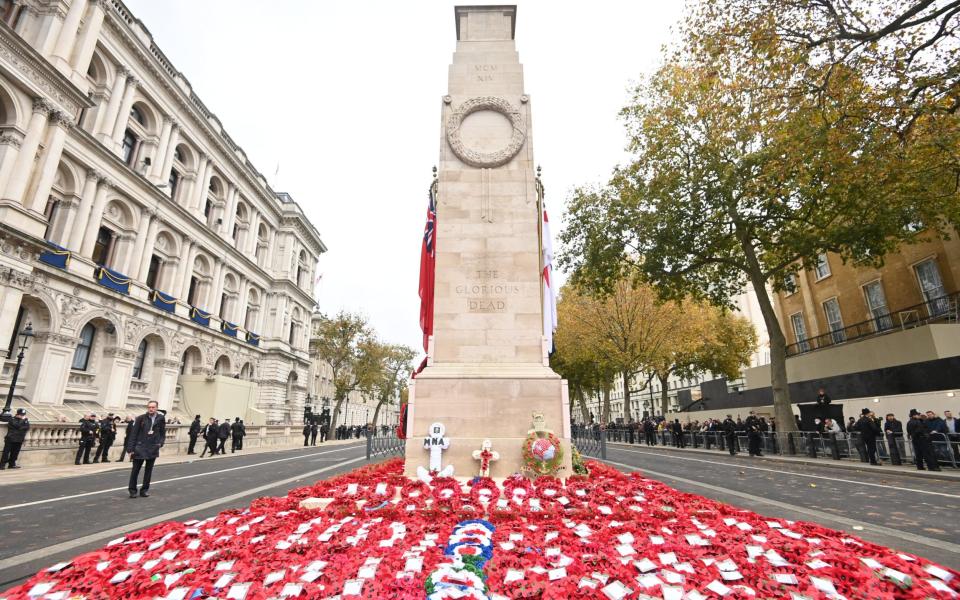
The remarkable thing is that it was designed by the architect Edwin Lutyens in just two weeks as a temporary plaster-and-wood structure for a one-off parade after the First World War. (The version in Portland stone that stands today made its form permanent.) Lutyens’s brilliant design incorporates clever architectural tricks: its subtly curving horizontal and vertical lines are derived from the Parthenon.
The overall effect, though, is of simplicity, even abstraction and minimalism; the British designer Jonathan Ive, who transformed Apple almost a century later, could not have conceived a memorial with a sleeker silhouette. As a result, the Cenotaph is a sort of “tabula rasa” on which the public can “write” whatever they wish; it is democratic and engaging, not overbearing or narrative-heavy.
This sort of pared-down visual language is, moreover, still a winner: consider the success of the Holocaust Memorial in Berlin, with its 2,711 concrete “stelae” (gravestones) arranged in a grid across undulating ground – or even Antony Gormley’s robust yet enigmatic Angel of the North, a memorial, surely, to the industrial age.
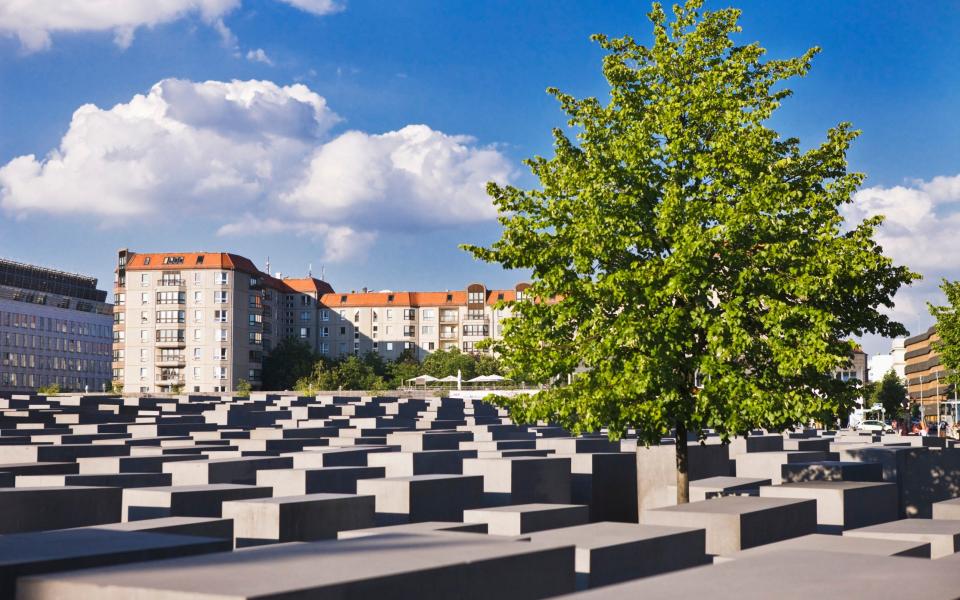
At Hyde Park Corner, however, Francis Derwent Wood’s Machine Gun Corps Memorial, with its bronze “David” adopting the “contrapposto” pose invented in Ancient Greece, illustrates an approach that the Queen Elizabeth Memorial Committee (if it is considering a monument) should avoid. Compared with the Cenotaph’s audacious blankness, which somehow acknowledges the enormity of the First World War, Wood’s classicising tropes – so remote from mechanised warfare’s reality – feel mendacious and outmoded.
Also at Hyde Park Corner, Charles Sargeant Jagger’s Royal Artillery Memorial – a Portland-stone cruciform topped, unexpectedly, by a sculpture of a howitzer – is a brilliant oddity, even if, after it was unveiled in 1925, Lord Curzon called it “hideous”, and compared the cannon to a “squatting” toad about to “spit” hellfire. Speaking to me about the potential form a memorial to the victims of the Covid-19 pandemic could take, the sculptor Anish Kapoor once rhapsodised about Jagger’s creation, praising its “contemplative slowness”, “melancholic sadness”, and “both modern and not modern” effect.
According to Kapoor – who rightly lambasts the sentimentality of run-of-the-mill monuments, which are often too literal – a memorial “that has a life” is one that “doesn’t give itself away immediately to meaning” but offers “the possibility of dreaming a space”.
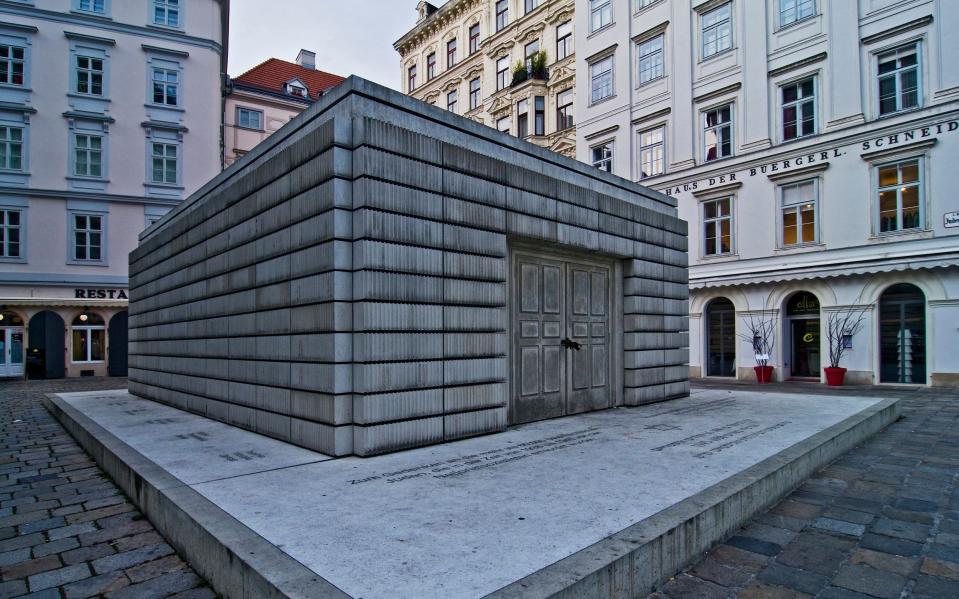
The Queen Elizabeth Memorial Committee should take note. If I were on the panel, I would propose, instead of one of the usual suspects from the Royal Household’s coterie, the Turner Prize-winning artists Rachel Whiteread, who designed the Judenplatz Holocaust Memorial in Vienna, or Gillian Wearing, whose humble bronze, so cleverly devoid of braggadocio, of the suffragist Millicent Fawcett in Parliament Square ranks among the most effective and appealing pieces of public statuary in recent years.

